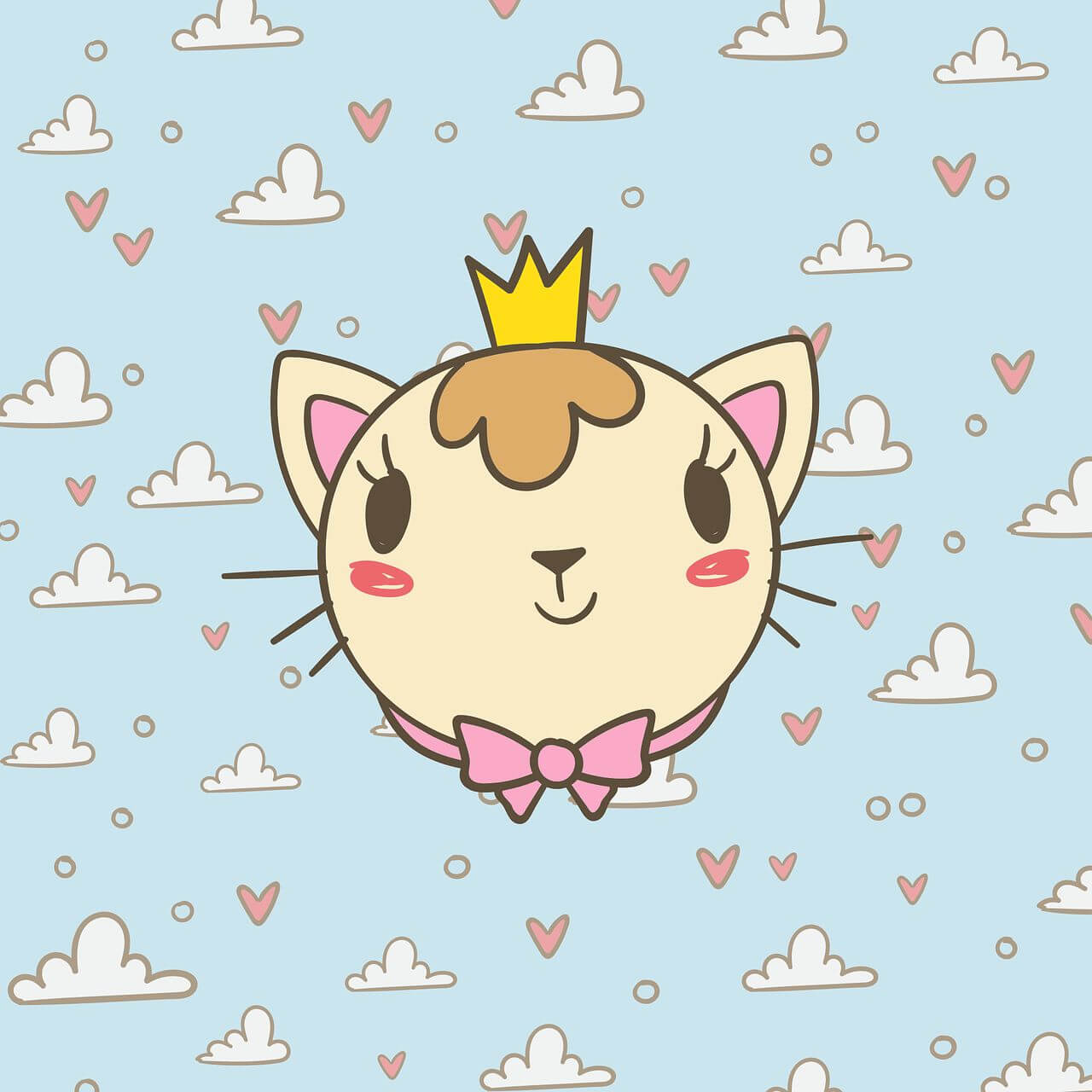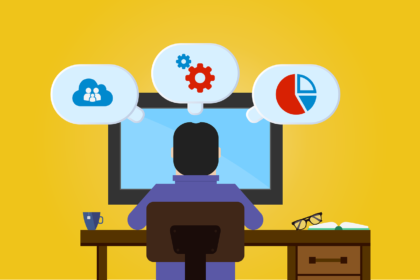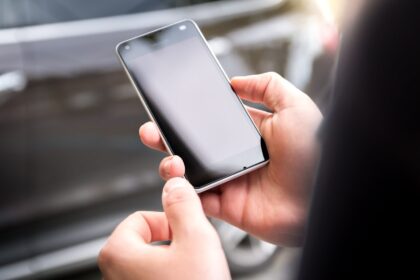In any mobile app, navigation is like the steering wheel of the user’s journey—it decides how smoothly users move from one screen to another. Imagine opening a shopping app: you start on the home page, tap on a product, view its details, then return back. This seamless movement between pages is powered by navigation. Without it, an app would feel stuck and incomplete, limiting users to just one static screen. That’s why navigation isn’t just a feature, it’s the backbone of an interactive app experience.
Flutter, being one of the most powerful cross-platform frameworks, makes navigation both flexible and developer-friendly. At the heart of this lies the Navigator class, which works like a stack of pages: you “push” a new page onto the stack when moving forward, and “pop” it off the stack to go back. This simple yet effective mechanism ensures that apps flow naturally, just like real-world interactions. Whether you’re building a simple two-screen app or a multi-level application, mastering navigation with Navigator.push and Navigator.pop is the first step to creating an engaging Flutter app.
Understanding Navigation in Flutter
Navigation is one of the most crucial concepts in any mobile app. Whether you’re switching between a login page and a dashboard, opening a settings screen, or simply going back after viewing some details—navigation is what makes the app interactive and user-friendly. In Flutter, the Navigator class plays the role of a guide, helping users move across different screens seamlessly.
In this section, we’ll break down the difference between a Route and a Screen (Page), dive into the magic of MaterialPageRoute, and then explore how to navigate using Navigator.push and Navigator.pop with practical code examples. By the end, you’ll not only understand navigation but also be able to create smooth transitions between pages in your Flutter app.
Route vs Screen (Page): Clearing the Confusion
Many beginners often use the terms route and screen interchangeably, but in Flutter, there’s a slight difference:
- Screen (Page) → A widget that represents a visual UI, like a home page, settings page, or profile page.
- Route → An object that manages the transition to and from a screen. Think of it as a pathway that takes you from one page to another.
In simple words:
Screen = What you see.
Route = How you get there.
For example, when you move from a HomePage to a SecondPage, the HomePage and SecondPage are screens. The MaterialPageRoute is the route that connects them.
What is MaterialPageRoute and How Does It Work?
MaterialPageRoute is a built-in Flutter class that defines how one screen transitions into another. It uses a Material Design animation (a smooth slide from right to left on Android and bottom to top on iOS by default).
Here’s the basic structure of a MaterialPageRoute:
Navigator.push(
context,
MaterialPageRoute(
builder: (context) => SecondPage(),
),
);Let’s break it down:
- context → The location in the widget tree where navigation is happening.
- MaterialPageRoute → Creates a route with a Material Design transition.
- builder → A function that returns the widget (screen) you want to navigate to.
So, if your app starts on HomePage and you want to go to SecondPage, you’ll “push” a MaterialPageRoute onto the stack.
Visualizing Navigation with a Simple Diagram
Think of Flutter navigation as a stack of plates:
- When you move forward to a new page → You push a plate on top.
- When you go back → You pop the top plate off, revealing the one below.
Here’s a simple flow diagram:
Screen A (HomePage)
|
| Navigator.push()
↓
Screen B (SecondPage)
|
| Navigator.pop()
↓
Back to Screen AThis mental model makes it easier to understand how push and pop work behind the scenes.
Using Navigator.push to Move to a New Screen
Let’s put theory into practice with a hands-on example. Suppose you have two screens: HomePage and SecondPage. You want to move from HomePage to SecondPage when a button is clicked.
Code Example:
import 'package:flutter/material.dart';
void main() {
runApp(MyApp());
}
class MyApp extends StatelessWidget {
@override
Widget build(BuildContext context) {
return MaterialApp(
home: HomePage(),
);
}
}
class HomePage extends StatelessWidget {
@override
Widget build(BuildContext context) {
return Scaffold(
appBar: AppBar(
title: Text("Home Page"),
),
body: Center(
child: ElevatedButton(
onPressed: () {
// Navigating to SecondPage
Navigator.push(
context,
MaterialPageRoute(builder: (context) => SecondPage()),
);
},
child: Text("Go to Second Page"),
),
),
);
}
}
class SecondPage extends StatelessWidget {
@override
Widget build(BuildContext context) {
return Scaffold(
appBar: AppBar(
title: Text("Second Page"),
),
body: Center(
child: Text("Welcome to Second Page"),
),
);
}
}Explanation:
- MaterialApp → The root widget that wraps the entire app.
- HomePage → Our starting screen with a button.
- Navigator.push → Moves from HomePage to SecondPage.
- builder → Defines the screen (SecondPage) we want to open.
When you run this, clicking the button will slide you smoothly to the second page.
Using Navigator.pop to Go Back
Now that we can move forward, let’s add a way to go back. This is where Navigator.pop comes in. It removes the current route from the stack and takes you back to the previous one.
Code Example with Back Button:
class SecondPage extends StatelessWidget {
@override
Widget build(BuildContext context) {
return Scaffold(
appBar: AppBar(
title: Text("Second Page"),
),
body: Center(
child: ElevatedButton(
onPressed: () {
// Going back to HomePage
Navigator.pop(context);
},
child: Text("Go Back"),
),
),
);
}
}Explanation:
- The Back button calls Navigator.pop(context).
- Flutter removes SecondPage from the stack.
- You return to HomePage instantly.
It’s like taking the top plate off the stack, revealing the one below.
Complete Flow Recap
- Start at HomePage.
- Tap “Go to Second Page” → push SecondPage onto the stack.
- Tap “Go Back” → pop SecondPage off the stack.
- You’re back at HomePage.
This push-pop cycle forms the foundation of Flutter navigation.
Why This Matters in Real Apps
Think about apps you use daily:
- WhatsApp → Home chat list → Tap a chat (push) → Back button (pop).
- E-commerce apps → Product list → Product details → Back to list.
Every forward movement is a push, and every back movement is a pop. Once you master these two, you’ve unlocked the basic building blocks of navigation in Flutter.
Best Practices for Push & Pop
- Use pushReplacement if you don’t want users to go back to the previous screen (e.g., after login).
- Always call pop when you’re sure there’s something in the stack to go back to (avoid errors).
- Keep navigation logic separate from UI if your app grows larger (e.g., use state management or named routes).
Navigation in Flutter is simple once you grasp the stack model:
- Navigator.push → Move forward to a new screen.
- Navigator.pop → Go back to the previous screen.
By understanding the difference between a Route and a Screen, and mastering MaterialPageRoute, you’ve built the foundation for creating multi-screen Flutter apps. Whether it’s a shopping app, a chat app, or a news app—these two functions will be your best friends in making navigation smooth and user-friendly.
Passing Data Between Screens in Flutter: The Smart Way
In real-world apps, navigation is not just about moving from one page to another—it’s also about sharing information between those pages. Imagine a shopping app: you tap on a product from a list, and the details screen shows the product’s name, price, and description. Or think about filling a form and then returning to the previous page with a success message.
Flutter makes this kind of data transfer between screens surprisingly simple with Navigator.push and Navigator.pop. Let’s break it down step by step.
Passing Data Forward (HomePage → SecondPage)
Let’s start with the basics: sending data forward from one screen to another.
Suppose we want to send a string from HomePage to SecondPage.
Example Code: Sending Data Forward
class HomePage extends StatelessWidget {
@override
Widget build(BuildContext context) {
return Scaffold(
appBar: AppBar(title: Text("Home Page")),
body: Center(
child: ElevatedButton(
onPressed: () {
// Sending data while navigating
Navigator.push(
context,
MaterialPageRoute(
builder: (context) => SecondPage(data: "Hello from Home!"),
),
);
},
child: Text("Go to Second Page"),
),
),
);
}
}
class SecondPage extends StatelessWidget {
final String data;
// Receiving data through constructor
SecondPage({required this.data});
@override
Widget build(BuildContext context) {
return Scaffold(
appBar: AppBar(title: Text("Second Page")),
body: Center(
child: Text(
data,
style: TextStyle(fontSize: 24),
),
),
);
}
}Explanation:
- On the HomePage, we send a string “Hello from Home!” to SecondPage.
- SecondPage accepts it via a constructor parameter (data).
- The text is displayed on the second screen.
This is how data flows forward using Navigator.push.
Returning Data Back (SecondPage → HomePage)
Sometimes, we also want to return data backwards when closing a screen. Example: after submitting a form on SecondPage, we want to show a confirmation message on HomePage.
Example Code: Returning Data with Pop
class SecondPage extends StatelessWidget {
@override
Widget build(BuildContext context) {
return Scaffold(
appBar: AppBar(title: Text("Second Page")),
body: Center(
child: ElevatedButton(
onPressed: () {
// Returning data back to HomePage
Navigator.pop(context, "Data received successfully!");
},
child: Text("Go Back with Data"),
),
),
);
}
}
class HomePage extends StatelessWidget {
@override
Widget build(BuildContext context) {
return Scaffold(
appBar: AppBar(title: Text("Home Page")),
body: Center(
child: ElevatedButton(
onPressed: () async {
// Waiting for data returned from SecondPage
final result = await Navigator.push(
context,
MaterialPageRoute(builder: (context) => SecondPage()),
);
// Showing result in a SnackBar
ScaffoldMessenger.of(context).showSnackBar(
SnackBar(content: Text(result ?? "No data received")),
);
},
child: Text("Go to Second Page"),
),
),
);
}
}Explanation:
- Navigator.pop(context, “Data received successfully!”) → Returns data when going back.
- On HomePage, we use await Navigator.push(…) to wait for the result.
- The result is shown in a SnackBar when the user returns.
This back-and-forth communication makes Flutter apps interactive and dynamic.
Real-Life Example: A Mini Shopping App
To make it more relatable, let’s build a mini shopping flow:
- HomePage shows a list of products.
- Tapping a product navigates to a DetailsPage (using push) and passes product details.
- From DetailsPage, we can return with a confirmation message (using pop).
Example Code:
class HomePage extends StatelessWidget {
final List<String> products = ["Shoes", "Shirt", "Watch", "Bag"];
@override
Widget build(BuildContext context) {
return Scaffold(
appBar: AppBar(title: Text("Product List")),
body: ListView.builder(
itemCount: products.length,
itemBuilder: (context, index) {
return ListTile(
title: Text(products[index]),
onTap: () async {
// Passing product name to DetailsPage
final result = await Navigator.push(
context,
MaterialPageRoute(
builder: (context) => DetailsPage(product: products[index]),
),
);
// Showing result returned from DetailsPage
if (result != null) {
ScaffoldMessenger.of(context).showSnackBar(
SnackBar(content: Text(result)),
);
}
},
);
},
),
);
}
}
class DetailsPage extends StatelessWidget {
final String product;
DetailsPage({required this.product});
@override
Widget build(BuildContext context) {
return Scaffold(
appBar: AppBar(title: Text("Product Details")),
body: Center(
child: Column(
mainAxisAlignment: MainAxisAlignment.center,
children: [
Text(
"You selected: $product",
style: TextStyle(fontSize: 22),
),
SizedBox(height: 20),
ElevatedButton(
onPressed: () {
// Returning message back to HomePage
Navigator.pop(context, "$product added to cart!");
},
child: Text("Add to Cart"),
),
],
),
),
);
}
}Flow Recap
- HomePage → shows list of products.
- Tapping “Shoes” → navigates to DetailsPage(“Shoes”).
- Click “Add to Cart” → pop back with a success message.
- HomePage displays a SnackBar → “Shoes added to cart!”
This is exactly how push & pop with data are used in real-world apps like e-commerce, to-do lists, or chat apps.
Best Practices & Tips for Smooth Navigation
When using Navigator.push and Navigator.pop, here are some golden rules to keep your app bug-free and professional:
- Avoid popping the root route: If you call Navigator.pop(context) on the very first page, your app may close unexpectedly. Always make sure the current screen is not the root before popping.
- Separate navigation logic from UI: In small apps, navigation inside buttons is fine. But in larger apps, it’s better to keep navigation logic in a controller or a state management solution like Provider, Riverpod, or GetX for better maintainability.
- Use pushReplacement wisely: If you don’t want the user to go back (e.g., after login, onboarding, or splash screen), use Navigator.pushReplacement instead of push. This replaces the current screen with the new one.
- Pass only what’s needed: Don’t send an entire object if you only need its ID. Keep navigation data minimal to reduce memory usage.
- Handle null results gracefully: Sometimes, users may go back without returning data. Always check if the result is null before using it (like in our SnackBar example).
Data sharing between screens is what makes Flutter apps practical and powerful.
- Use push to pass data forward (HomePage → SecondPage).
- Use pop to return results back (SecondPage → HomePage).
- Combine them for two-way communication, just like in real apps.
From simple strings to complex objects, this navigation pattern works for almost anything. And when applied in real-world scenarios (like product lists and details), it creates a seamless, user-friendly flow.
By following best practices like avoiding root pops, using pushReplacement smartly, and keeping logic clean, you’ll build apps that are both scalable and user-friendly.
Conclusion
In Flutter, navigation follows a simple yet powerful model: push means moving forward to a new screen, and pop means going back to the previous one. By understanding the difference between a Route and a Screen, using MaterialPageRoute, and practicing how to pass data both forward and backward, you’ve unlocked the foundation of building interactive multi-screen apps. Whether it’s a basic two-page demo or a shopping app with multiple product details, Navigator.push and Navigator.pop are the essential building blocks that bring smooth, stack-based navigation to life.
But this is just the beginning. Once you’re comfortable with push and pop, the next step is exploring advanced navigation techniques. For example, Navigator.pushReplacement is useful when you don’t want users to return to the previous screen (like after login), while Navigator.pushNamed allows you to manage navigation with named routes instead of repeating code. And if your app grows into something larger, you’ll benefit from modern navigation APIs like GoRouter, which provide cleaner, more scalable routing solutions. Mastering these advanced techniques will take your Flutter skills from building simple apps to creating polished, production-ready experiences that users will love.




